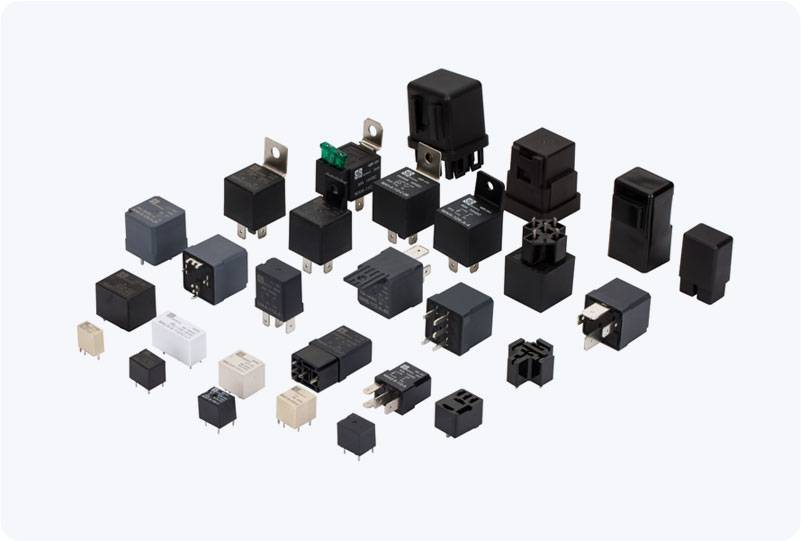An overload relay is a crucial component in electrical protection systems, specifically designed to protect electric motors from damage caused by excessive current. This device ensures the longevity and safe operation of motors by detecting overcurrent conditions and preventing overheating. The overload relay is widely used in various industrial and commercial applications, where motors play a vital role in driving machinery and equipment.

The Role of Overload Relays in Electrical Systems Electric motors are essential components in numerous devices such as pumps, fans, compressors, and conveyors. These motors operate within specific current limits, and exceeding these limits can cause overheating, potentially leading to motor failure. An overload relay serves as a safeguard against such issues by detecting abnormal current levels and disconnecting the power supply when necessary. This protection helps to maintain the motor’s efficiency and prolong its operational lifespan. How Does an Overload Relay Work? The overload relay works by continuously monitoring the current flowing to the motor. When the motor operates within its normal current range, the relay remains inactive. However, when the current exceeds a predetermined threshold—indicating a potential overload—the relay is activated. This results in the disconnection of the motor from the power source, effectively preventing further damage due to overheating.